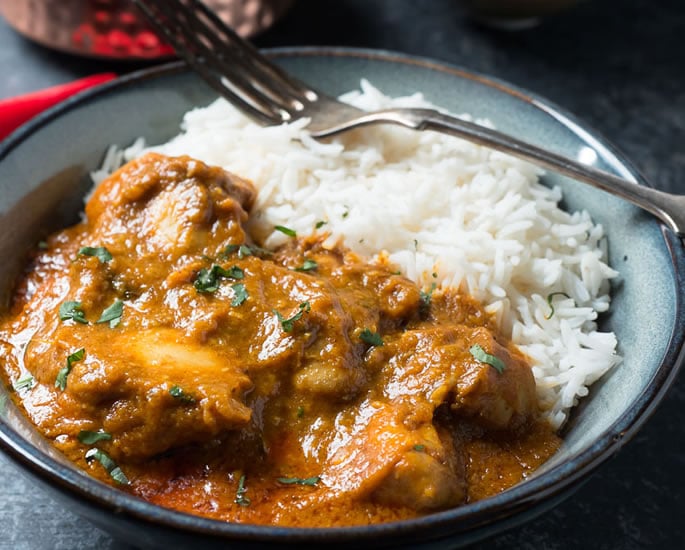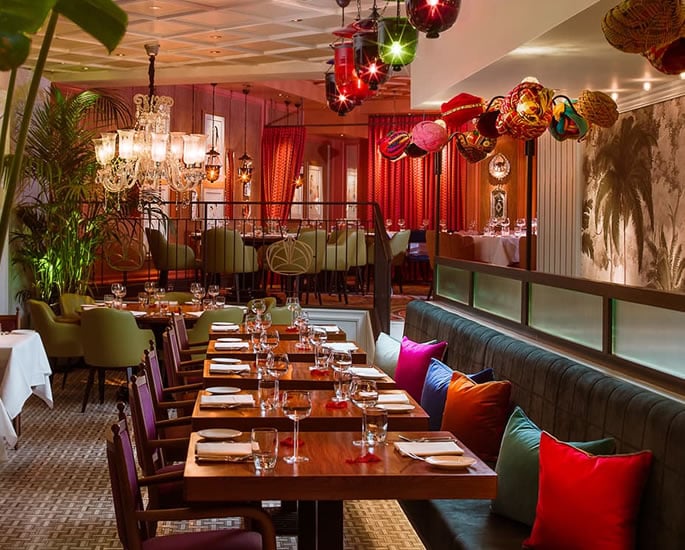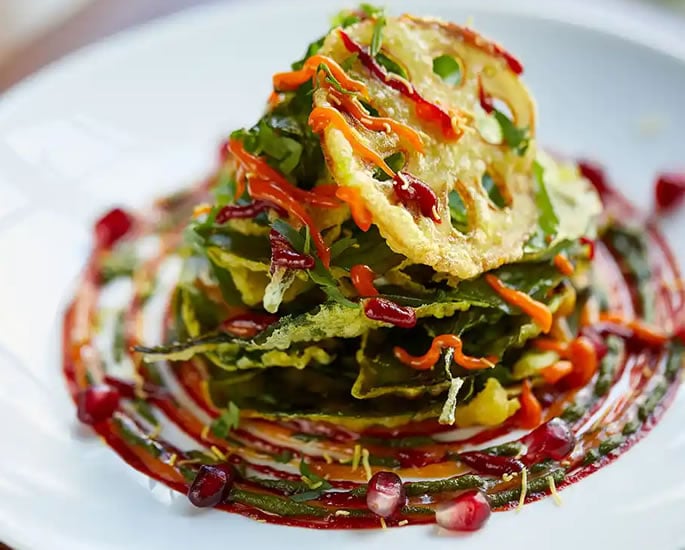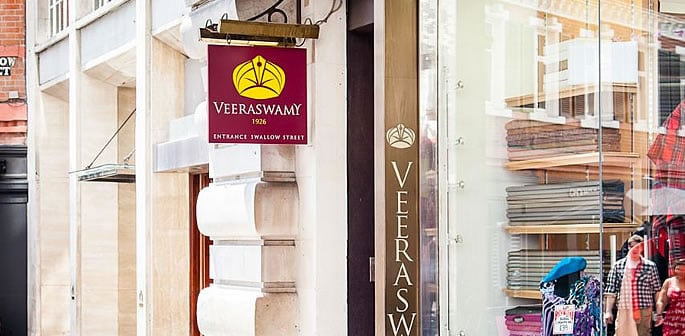“an icon of national culinary history"
Veeraswamy is Britain’s oldest Indian restaurant and a symbol of enduring cultural exchange since 1926.
Its future is now uncertain after its lease expired and the Crown Estate signalled plans to redevelop the space into offices.
This situation has raised wider concerns about how historic culinary institutions survive within competitive commercial districts.
The debate also reflects Britain’s long relationship with Indian food and the communities that shaped it.
We look at the symbolism of Veeraswamy in Britain and the importance of saving a culinary institution.
Shaping British Tastes

Britain’s connection with Indian food formed over several centuries.
Early trade links exposed British diners to unfamiliar spices and cooking styles. Evidence of this exchange appeared in 18th-century British cookbooks, which included recipes influenced by the subcontinent.
These early references demonstrated growing interest in flavours that later became familiar across the country.
During the colonial period, British tastes influenced the preparation of certain dishes.
Many diners preferred milder curries adapted to different expectations. These adaptations later shaped early Indian restaurant menus in Britain.
Such dishes introduced the public to ingredients that gradually integrated into everyday cooking.
Veeraswamy opened as this interest deepened. It became one of the first restaurants to present Indian food within a refined setting for British diners.
Its growth reflected a broader shift in how South Asian cuisine entered mainstream dining.
Migrant communities later strengthened this connection by introducing regional dishes that represented diverse culinary traditions.
During the 20th century, Indian restaurants spread across towns and cities. Menus expanded as diners embraced dishes influenced by Punjab, Bengal, Gujarat and Kerala.
This period marked a significant transformation in national eating habits. Indian food became a routine part of British life, from weekend meals to household staples.
Veeraswamy operated throughout this shift. Its presence confirmed the lasting demand for Indian cuisine and the stability of Britain’s multicultural food landscape.
It also became a reference point for the contributions of migrant communities to public life. The restaurant, therefore, carries historical weight beyond its menu.
A Dispute That Triggered National Debate

The Crown Estate manages Victory House, the building that houses Veeraswamy.
The Estate now intends to reconfigure the space and create a larger reception area for the offices above. This plan emerged after the restaurant’s lease expired.
The decision is based on the Estate’s duty to maximise revenue for the Treasury and the Sovereign Grant.
Industry leaders, however, have questioned the cultural impact of such a move.
Several prominent chefs expressed concern after reports surfaced about the restaurant’s possible closure.
Michel Roux Jnr and Raymond Blanc were among those urging the Estate to reconsider, saying the restaurant deserves “meaningful dialogue to secure Veeraswamy’s future at its rightful home in Victory House”. They also described it as “an icon of national culinary history”.
Their intervention reflects widespread recognition of the restaurant’s significance.
The concern does not centre on operational issues or financial instability. Instead, supporters believe the proposed redevelopment risks erasing a site linked to Britain’s long culinary narrative.
They argue that heritage within hospitality requires consideration equal to commercial interests.
This situation arises during a challenging moment for Britain’s restaurant sector. Rising costs have led to closures across major cities.
Institutions with historic value, therefore, attract heightened public interest.
Veeraswamy’s case highlights how commercial pressures can threaten venues that represent cultural continuity.
The dispute has also raised questions about the treatment of immigrant-established institutions.
Veeraswamy’s history mirrors the development of Britain’s South Asian communities. Supporters argue that removing such a site disregards a legacy built over generations.
This perspective continues to drive public conversation around the restaurant’s fate.
A Cultural Icon

Indian food is an essential part of Britain’s cultural identity. It appears in supermarkets, restaurants and homes across the country.
Veeraswamy stands within this story as a long-serving representative of that transformation.
Indian restaurants provided social spaces for shared experiences.
Families met for celebrations, friends gathered for comfort meals and workers relied on familiar flavours after long days.
These connections strengthened Britain’s emotional relationship with South Asian cuisine. Such experiences helped cultivate wider acceptance of cultural diversity.
The country’s appetite for Indian food also challenges narratives about cultural insularity.
High streets across Britain offer dishes that have travelled through migration and adaptation. These dishes became integrated into national routines.
The potential closure of Veeraswamy raises deeper questions about cultural recognition.
It prompts discussion about which institutions the country chooses to protect. It also highlights the vulnerability of establishments that shaped Britain’s multicultural story.
These concerns extend beyond Veeraswamy and reflect anxieties about heritage preservation within changing cities.
Supporters see Veeraswamy as part of Britain’s shared identity. They believe its presence demonstrates the success of cultural integration.
They also argue that protecting such institutions strengthens national understanding of migration’s contribution to public life.
Veeraswamy’s situation reveals a significant conflict between commercial development and cultural preservation.
The restaurant represents more than a single business. It reflects centuries of exchange, adaptation and community influence.
Its potential removal has prompted national debate because it touches on history, identity and heritage.
As discussions continue, Britain must consider how it balances economic priorities with the protection of culturally significant institutions.
Veeraswamy’s future will shape how the country approaches similar decisions in the years ahead. Its story remains central to understanding the role of Indian cuisine within modern British life.






























































